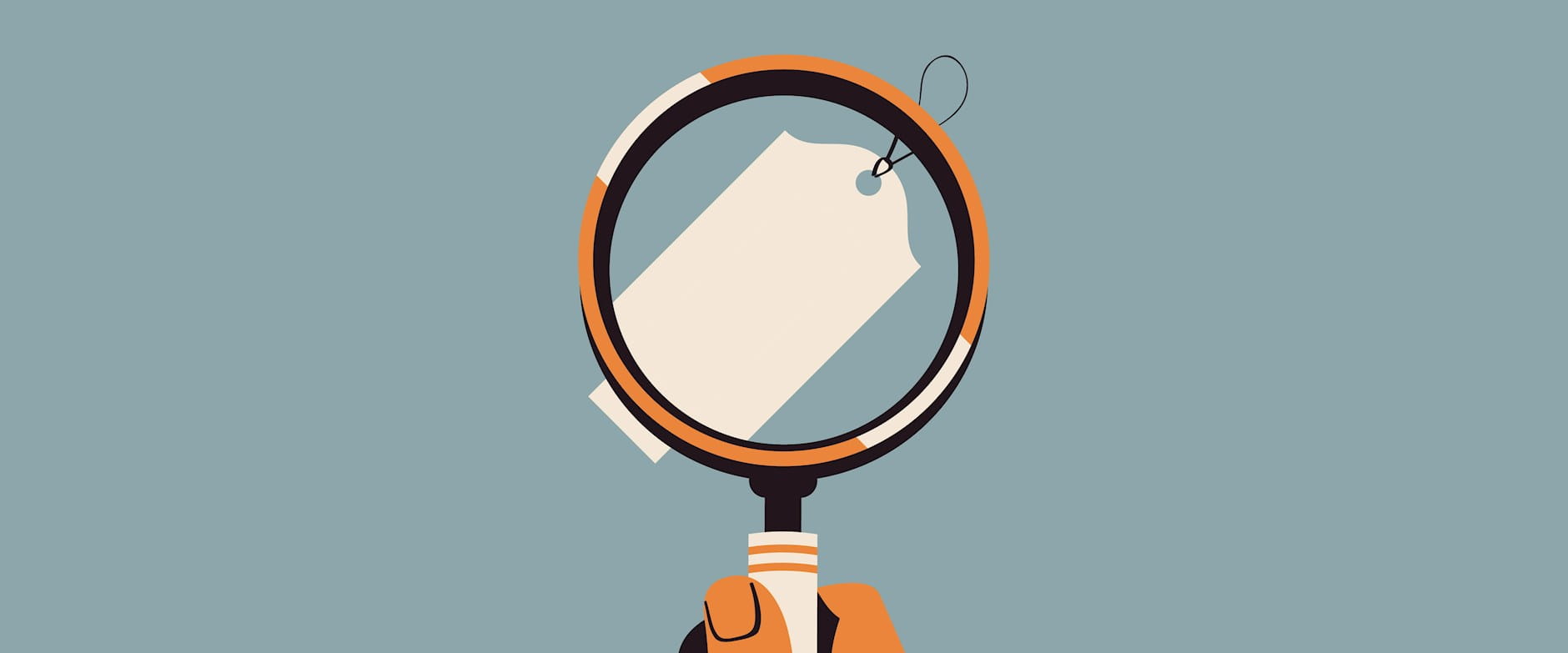Inflation is widely thought to be bad for the economy and bad for consumers. That’s why the US Fed and other central banks have rolled out the big guns, hiking interest rates to squelch the highest rate of price increases in decades. But what if moderate levels of inflation actually deliver benefits to families and household budgets?
Higher inflation can lead to greater efficiency, which can translate into savings for consumers who are motivated enough to shop around, argues the Federal Reserve Board’s Francisca Sara-Zaror.
It all has to do with the price dispersion that inflation generates, which might motivate some consumers to search for the lowest prices. Sara-Zaror dug into NielsenIQ Retail Scanner Data from Chicago Booth’s Kilts Center for Marketing, plotting inflation and the standard deviation of product prices among 35,000 stores in 200 metropolitan areas across the United States from 2006–17. She finds that, as product-level inflation departed from zero, the prices retailers charged for the products became more dispersed.
Using the NielsenIQ Consumer Panel Data, Sara-Zaror also analyzed the purchasing behavior of 50,000 households, including the items they bought on each shopping trip. She finds that when inflation rose, households that shopped around for lower prices paid significantly less than those that didn’t. When inflation at the product level rose to 10 percent, households that were actively comparing prices in 10 stores in a given quarter realized an average drop of 3 percent in prices paid.
Time to shop around
In an analysis of US retail data from 2006 to 2017, the researcher finds that the prices stores charged for identical goods became more dispersed as product-level inflation moved away from zero.
A model she developed explains why: when inflation pushes up aggregate costs, there’s a lag before retail prices catch up, because stores don’t continuously change prices in tandem with the economy. Sara-Zaror notes that this retail price stickiness can last anywhere from four to eight months after aggregate prices rise. During this period, retail prices will be widely dispersed—the same case of Diet Coke or box of Tide will cost customers more or less, depending on where they shop and whether a store has gotten around to adjusting prices.
“When the production costs are pushed up by inflation, retailers respond differently,” she says. “Some will put their prices up sooner; others will wait; and they’ll do so for different reasons. Walmart might have lower costs for adjusting prices than 7-Eleven, say. So they might be more motivated to raise prices sooner and find it easier to keep pace with aggregate cost increases. Or it could just be that Walmart adjusts prices at times that do not coincide with 7-Eleven’s.”
As consumers tune into the idea that their Diet Coke or Tide may cost them less (or more) depending on where they shop, they could be motivated to widen their search, visiting more stores to compare prices and track down bargains. Meanwhile, this change in purchasing behavior could lead to more competition among some retailers as they try to hold down prices to avoid losing market share. Other retailers, however, might have little incentive to decrease prices since they mostly serve nonsearchers, or captive shoppers. As a result, prices tend to separate sharply as inflation rises.
The findings suggest a previously undocumented welfare gain for consumers who are aware of retail price dispersion, even as the cost of living starts to rise and inflation constricts spending power. Households with the savvy, willingness, and time to shop around can benefit, Sara-Zaror says.
She is quick to stress that these findings relate only to the retail sector, where households can compare prices of identical goods among stores in the same geographic area and week. Also, in her model, when inflation rises above 4 percent, the benefits evaporate, she notes, arguing that it becomes harder to find the lowest prices, and in turn more shoppers decide not to search, letting retailers increase their markups.
“Policy makers need to take this into account when they are raising interest rates: too high and you may miss this sweet spot for retail products.”
The research findings discussed in this article are solely those of Francisca Sara-Zaror and do not represent the views of the Board of Governors of the Federal Reserve System or any other person associated with the Federal Reserve System.
Francisca Sara-Zaror, “Expected Inflation and Welfare: The Role of Consumer Search,” Working paper, June 2022.
Your Privacy
We want to demonstrate our commitment to your privacy. Please review Chicago Booth's privacy notice, which provides information explaining how and why we collect particular information when you visit our website.
